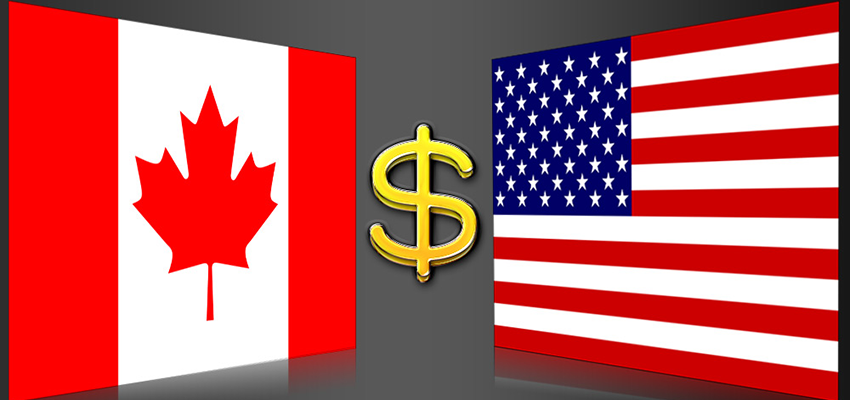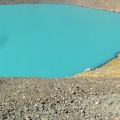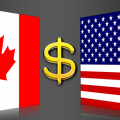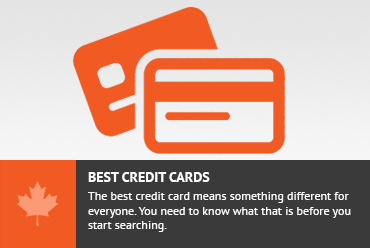This is part of a series on comparing US cards vs Canadian cards:
- Overview
- US Cards vs Canadian Cards – Reasons for the difference
- US Cards vs Canadian Cards – Airline Cards
- US cards vs Canadian Cards – Hotel Cards
- US Cards vs Canadian Cards – Cashback and Fixed Value Points Cards
For an in depth analysis download the companion excel sheet.
Overview
The Canadian and US credit card market are vastly different. As a Canadian based site, we focus our efforts on products that are available to and targeted at Canadians, and primarily living in Canada.
As a former US resident, I first learned to optimize credit card benefits in the US, prior to returning to Canada. From my perspective, the offers in the US continue to be noticeably better on multiple fronts.
In this article, I’ll compare the credit card environment in Canada vs in the US, for residents of each country. We’ll see which country is the land of plenty, when it comes to credit card rewards.
What exactly are we comparing?
In the chart below, we would be comparing the cards in category A vs the cards in category D.
| CAD Currency | USD Currency | |
|---|---|---|
| Canadian Banks offering to Canadian Residents | A | B(specialty cards) |
| US Banks offering to US Residents | C(not really offered) | D |
In the credit card market space, Canadian banks market type A and type B cards to Canadians. Here at Creditwalk, we generally talk about type A cards – CAD offerings to Canadians by Canadian banks. Type B cards are marketed as a “special service” card to enable transactions in USD, while being a Canadian.
There isn’t really any demand for category C cards (CAD based cards offered by US banks). The category D cards are obviously the most common in the US and refer to those available only to US residents.
Why compare the two credit card landscapes?
As mentioned, I have found the offers in the US to be noticeably better than here in Canada. For Canadians who have a US Social Security number and a significant enough presence in the US to get a US based credit card, it might mean access to these better benefits.
Comparison Criteria
I have mentioned before that there are a few factors to consider when applying for a credit card. These are also the basis of my credit card reviews:
- Rewards for / return on spending
- Sign up bonus
- Perks of having the card (independent of spending)
- Annual fees vs Annual benefit
In this analysis, we will look at broad categories of cards, instead of individual cards, so that we can compare averages and trends in the US landscape versus the Canadian one.
Cards Lists
We are only going to compare the best offerings in each market. Both the US and Canada have their fair share of poor value offerings, so it makes little sense to go to the effort of setting up a US profile to get credit cards that offer nothing more than what you can get from a Canadian bank in USD (category B from diagram above).
The following lists represent the best few cards in Canada and the US for each category of cards. Remember, the US cards are the ones for American residents. I have tried to line up the Canadian card and the equivalent American card for easy comparison.
Results
| Types of Cards | Features of Canadian Cards | Features of US Cards | Verdict |
|---|---|---|---|
| Airline Cards | 25K Signup Bonuses | 50K Signup Bonuses Free bags and priority boarding for member and traveling companions |
Strongly Favor US Cards |
| Hotel Cards | Fewer offerings | Annual free night benefits often offsets Annual fee | Strongly Favor US Cards |
| Flexible Points Program Cards | 15K – 25K points is the standard sign up bonus | 50K or $625+ toward travel standard signup bonuses Many different bonus categories can be found |
Favor US Cards |
| Cashback Cards | 2% with annual fee or 4% in categories with annual fee is the best rewards structure |
2% with no annual fee or up to 5% in categories with no annual fee is the best structure | Even |
| No Annual Fee Cards | 1.25% on regular spend and 2% in categories is the best structure | 5% in rotating categories with limits widely available | Favor US Cards |
Airline Points Cards
US Cards vs Canadian Cards – Airline Cards
| Cards from US Banks | Cards from Canadian Banks |
|---|---|
| Citi AA / Barclays Aviator AA
Chase United Chase Southwest BofA Alaska Amex Delta |
TD Aeroplan
RBC Westjet MBNA Alaska Capital One Delta |
The airline cards section is harder to compare as the national airlines that service Canadians differ from those in the US. In Canada, the main national airlines are Air Canada and Westjet, while in the US, they would mostly be American, United and Delta and Southwest.
This is further complicated when comparing the frequent flyer programs. Aeroplan is a zone based program valuable for international travel, and likely compares nicely to American AAdvantage or United MileagePlus. Westjet is a purely fixed value program (where loyalty points represent an exact dollar value) and would probably be naturally compared to Southwest.
The Aeroplan card available in the US is a niche card, with lower than average value, so it has been excluded from this analysis.
Verdict: US Cards (5)
Hotel Points Cards
US cards vs Canadian Cards – Hotel Cards
| US Cards | Canadian Cards |
|---|---|
| Chase Marriott
Chase IHG Chase Hyatt Amex SPG
|
Chase Marriott
Capital One IHG Amex SPG |
The hotel credit cards in the US significantly better than those in Canada. The 2 big features prevalent in most of the US cards is that, while the annual fee exists, there is often a free night or large amount of points given to the cardmember each year, with a value close to the annual fee.
For those people who really get great value from the SPG cards, they will actually prefer the American Express SPG in Canada, however, I feel those are overvalued by the market.
Verdict: US Cards (5)
Flexible Points
Detailed Analysis coming soon
This type of points program is one that has multiple redemption methods (ie: points that transfer to multiple loyalty programs). These cards offer better value when not being used as a cash equivalent. Cards with a program whose best redemption is in the form of cash will be valued as a cash back card (see next section).
The purpose of this section is to compare the flexibility of programs in Canada vs the US assuming the best possible redemption for each.
| US Cards | Canadian Cards |
|---|---|
| Chase Ultimate Rewards
American Express Membership Rewards Citi Thank You Points
|
RBC Avion Points
American Express Membership Rewards |
Verdict: US Cards (3)
Fixed Value / Cash Back Cards
US Cards vs Canadian Cards – Cashback and Fixed Value Points Cards
This type of card is one whose rewards are either directly cash or a type of points whose best value is cash or direct reimbursements of expenses. These might be marketed as “miles” cards but in reality the points earned have a fixed value and there is no way to extract any more than the fixed value that they offer.
| US Cards | Canadian Cards |
|---|---|
| Fidelity American Express
Barclays Arrival Capital One Venture
|
Scotiabank American Express
MBNA World Elite Capital One Aspire BMO World Elite |
Verdict: Even
No Annual Fee Cards
Detailed Analysis coming soon
The purpose of this comparison is to show the difference in the best cards that are not premium cards and most people even with lower incomes can acquire. While the other sections focus on more premium cards, this section focuses on cards aimed at lower spenders and people with weaker credit history.
| US Cards | Canadian Cards | |
|---|---|---|
| Chase Freedom
Discover |
MBNA Smart Cash
American Express Simply Cash / Blue Sky |
Verdict: US Cards (4)
Conclusions
In general, the cards available to Americans tend to be much better than those offered to Canadians. This comparison focused primarily on the earning and burning side of the equation. However, the idea of using credit cards as a loan product also appears more favourably in the US, with many 0% offers available.










